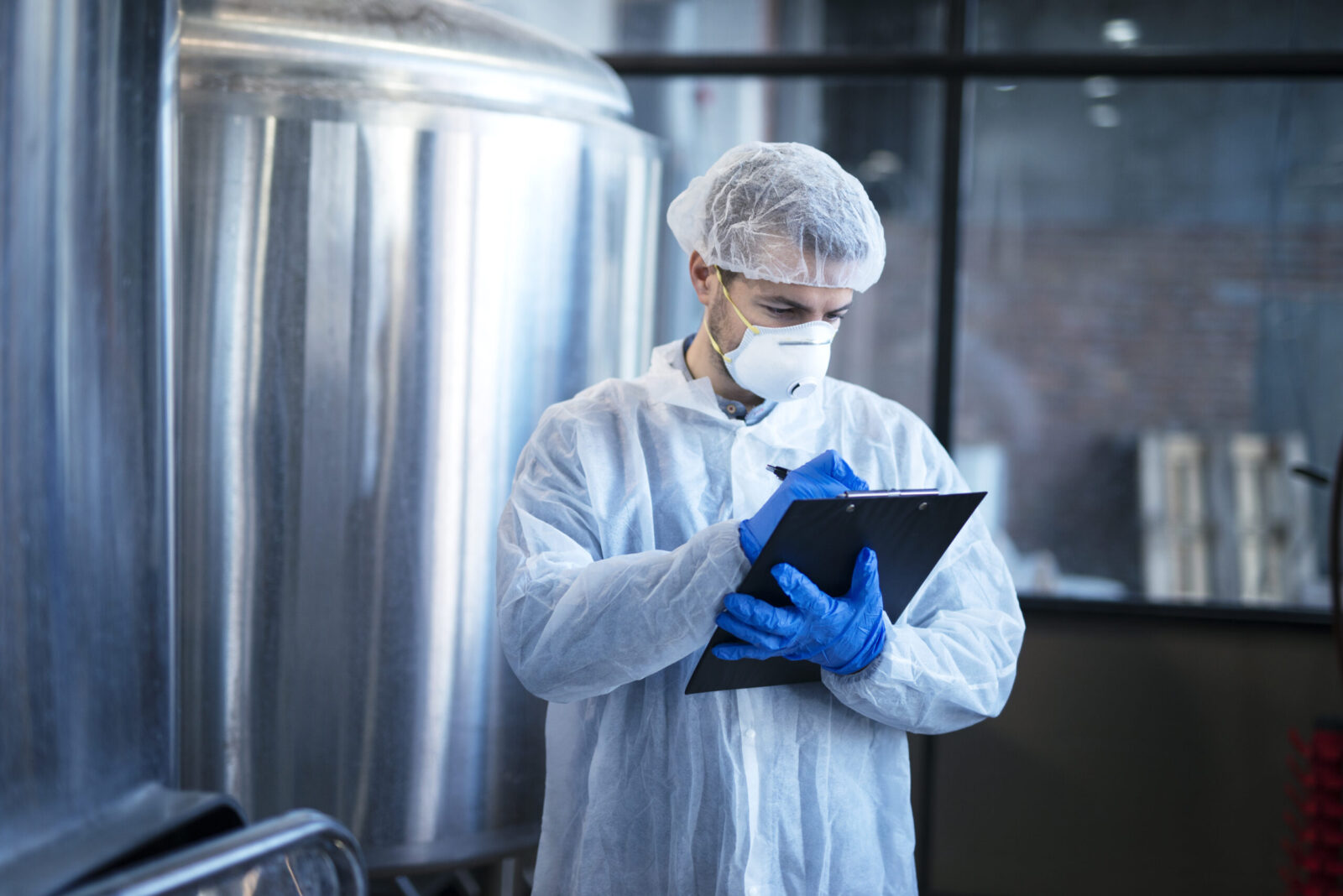
Top Strategies to Prevent Health Code Violations in Food Safety
Introduction: Restaurant food safety involves both taste and health code compliance. Foodborne infections from health code breaches can put consumers...
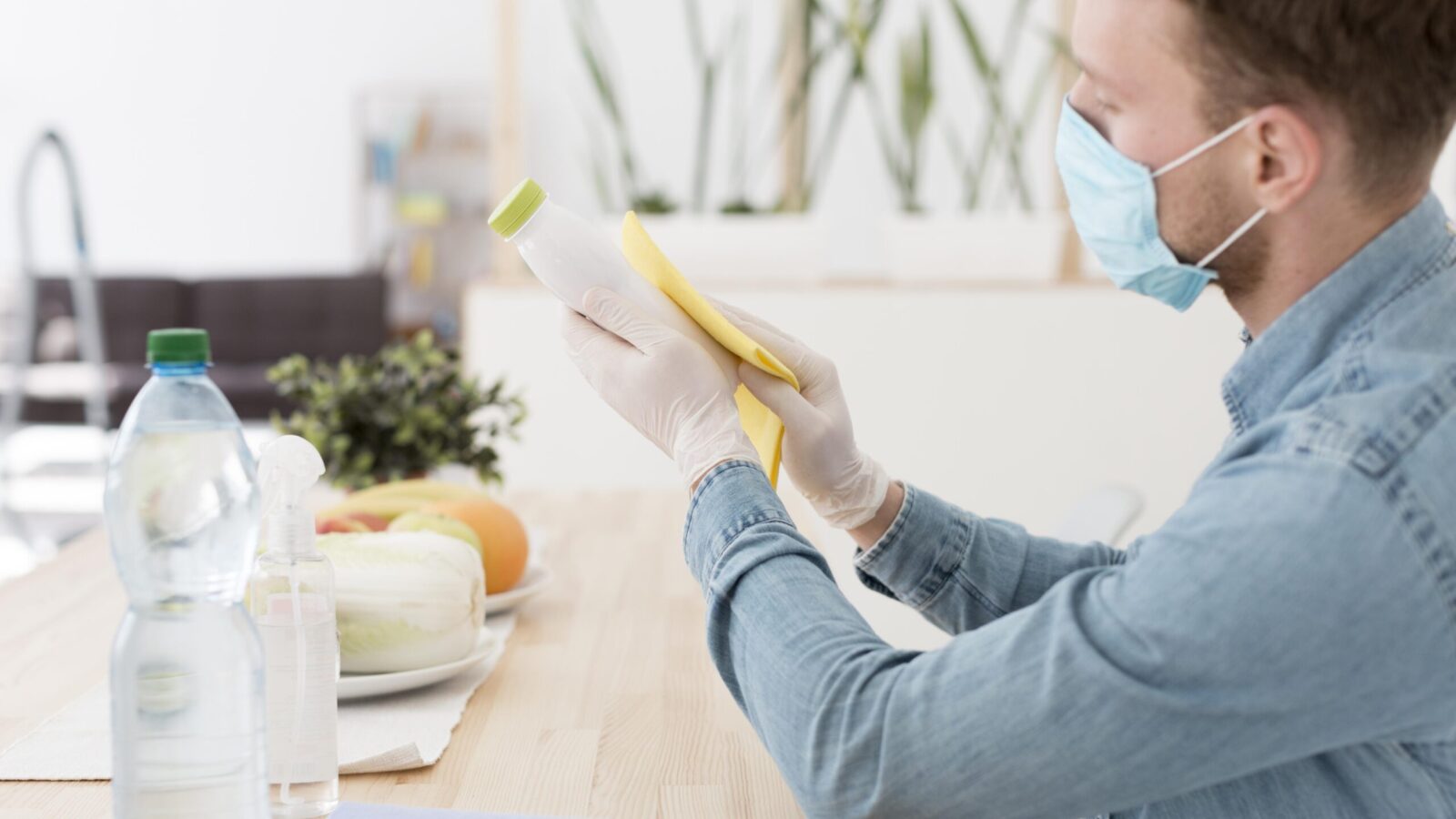
Get 20€ off on your first order!
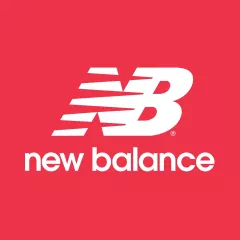
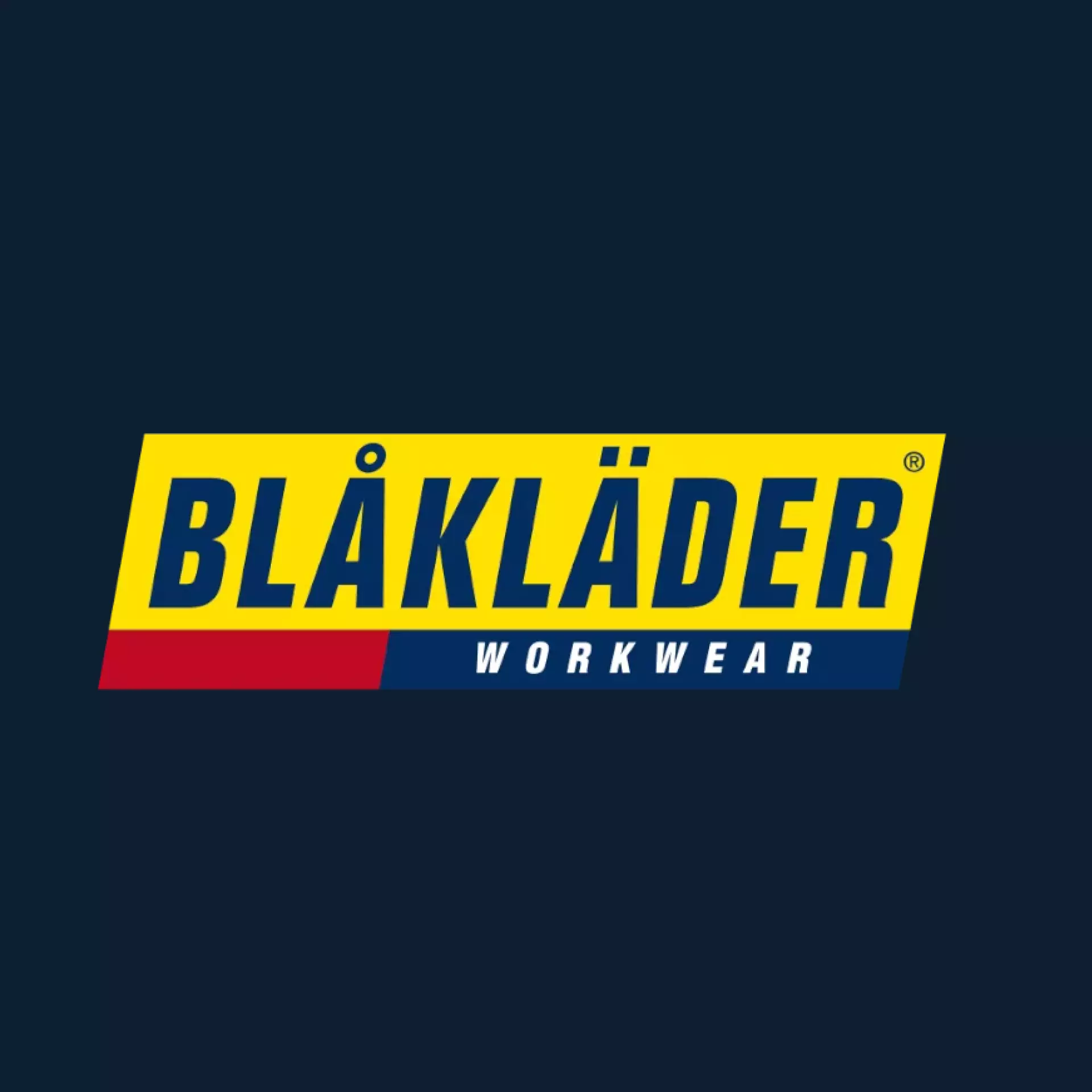
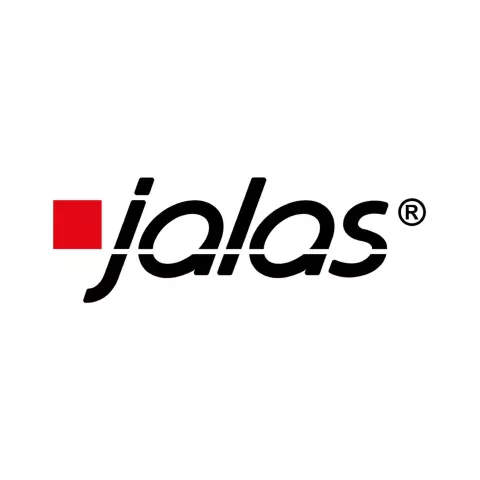
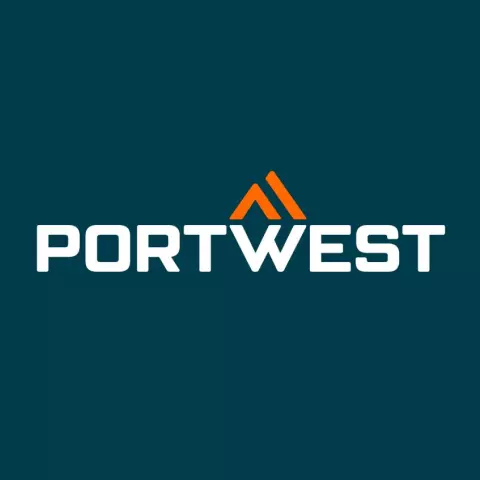

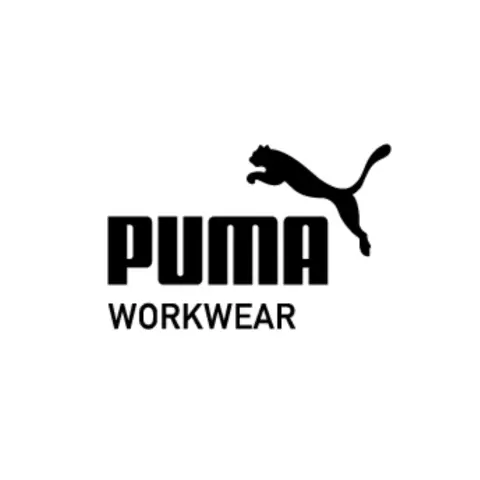

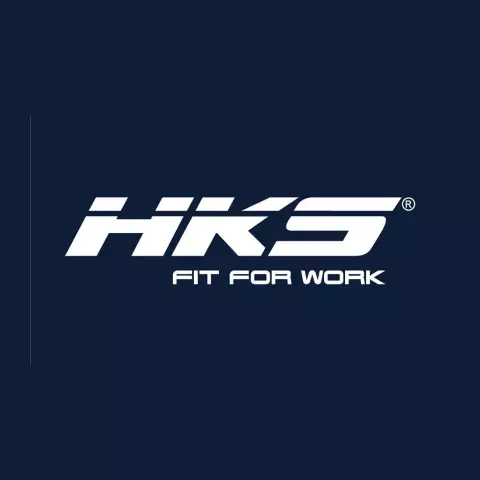


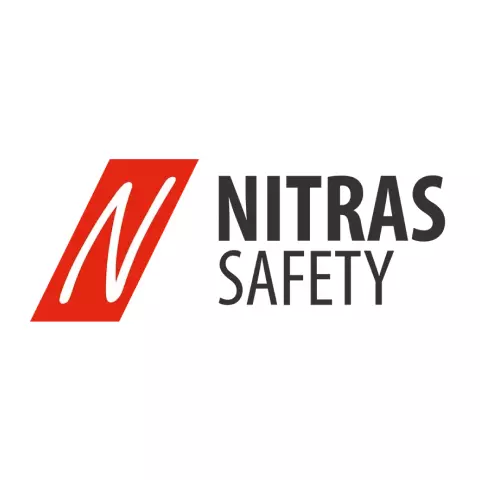




















In today’s rapidly evolving food industry, it is more difficult to assure food safety and traceability due to the complexity of the global supply chain. To deal with these challenges, technology is enhancing the transparency, precision, and efficiency of food production. Food safety and traceability for producers and suppliers are evolving due to advanced technology and systems, ranging from blockchain integration to automated monitoring. This post will go over the tools and their applications, since technology plays a critical role in food safety and traceability.
It involves methods and environments that prevent foodborne diseases and protect public health. From food handling, preparation, and storage to standards and laws, this covers it all.
However, food traceability entails tracking food products through manufacturing, processing, and distribution. It documents and traces the food supply chain to its source, ensuring openness and accountability.
Food safety has improved greatly thanks to technology. Some areas where technology has made important contributions:
Modern food safety management relies on traceability software. It tracks food goods from manufacturing to consumption, promoting openness and responsibility. How technology improves traceability:
Successful food safety and traceability technology implementation demands a methodical strategy. Step-by-step instructions:
Check your FS and traceability. See where technology can improve. Consider manual processes, data management concerns, and traceability gaps.
Define your technology integration goals. This might involve increasing efficiency, compliance, traceability, or foodborne illness prevention. Clear goals will influence technology selection and execution.
Technology should help your aims. Buy system-integrated food traceability software to improve traceability. Features, usability, scalability, and cost should be considered.
Train your workforce on the new tech. Give them extensive training and materials to grasp the system’s benefits. This ensures easy acceptance and reduces change resistance.
Install the technology in steps. Start with a pilot to test the system and find bugs. Get team input and make modifications before spreading to other parts of your business.
Track the technology’s performance and its influence on food safety and traceability. Use KPIs like food safety incidence reduction, compliance rates, and traceability to monitor progress.
Technology changes quickly, so staying current is essential. To take advantage of new features, update your systems often. This ensures strong food safety and traceability practises.
A major food store used blockchain to improve supply chain traceability. Blockchain enabled the shop to give customers with food product origin and travel information. This boosted recall efficiency and customer trust. In a food safety crisis, contaminated goods might be rapidly recognised and removed off stores, reducing consumer risk.
To store and deliver perishable goods, a dairy firm used IoT devices in its cold chain logistics. Smart sensors in refrigerated vehicles measure temperature and humidity in real time. Data was sent to a central dashboard, where deviations from desirable circumstances generated fast notifications. This proactive strategy kept dairy products safe and fresh throughout the supply chain.
A food processing company used predictive analytics to avert safety risks. The plant’s predictive analytics technology detected equipment failure trends by analysing past performance and maintenance data. The maintenance staff could fix problems before they caused contamination or downtime, assuring safe production.
Technology in food safety and traceability is advancing, with intriguing potential. Some trends to watch:
AI: AI will automate food safety checks, forecast contamination hazards, and optimise supply chain operations. AI-powered systems may find abnormalities and suggest fixes in massive data sets.
Advance Sensor Technology: New sensors will monitor food conditions more accurately and in real time. Biosensors can detect diseases and toxins at the molecular level, alerting and acting quickly.
Consumer-Facing Applications: Mobile applications and platforms that provide food product information will grow. By tracking food from farm to table, these applications will increase trust and transparency.
In order to keep food safe and trackable, technology is becoming more and more important as the food business grows. Blockchain, IoT, and prediction analytics can help businesses protect their goods, keep them from getting contaminated, and make the supply chain more clear. Big steps forward in AI and sensors could be used in the future to make food safety technology more accurate and trustworthy. By keeping up with these changes and using the right technology, food companies can improve their processes and put customer safety first.
Thank you! You've signed up for our newsletter.









Introduction: Restaurant food safety involves both taste and health code compliance. Foodborne infections from health code breaches can put consumers...
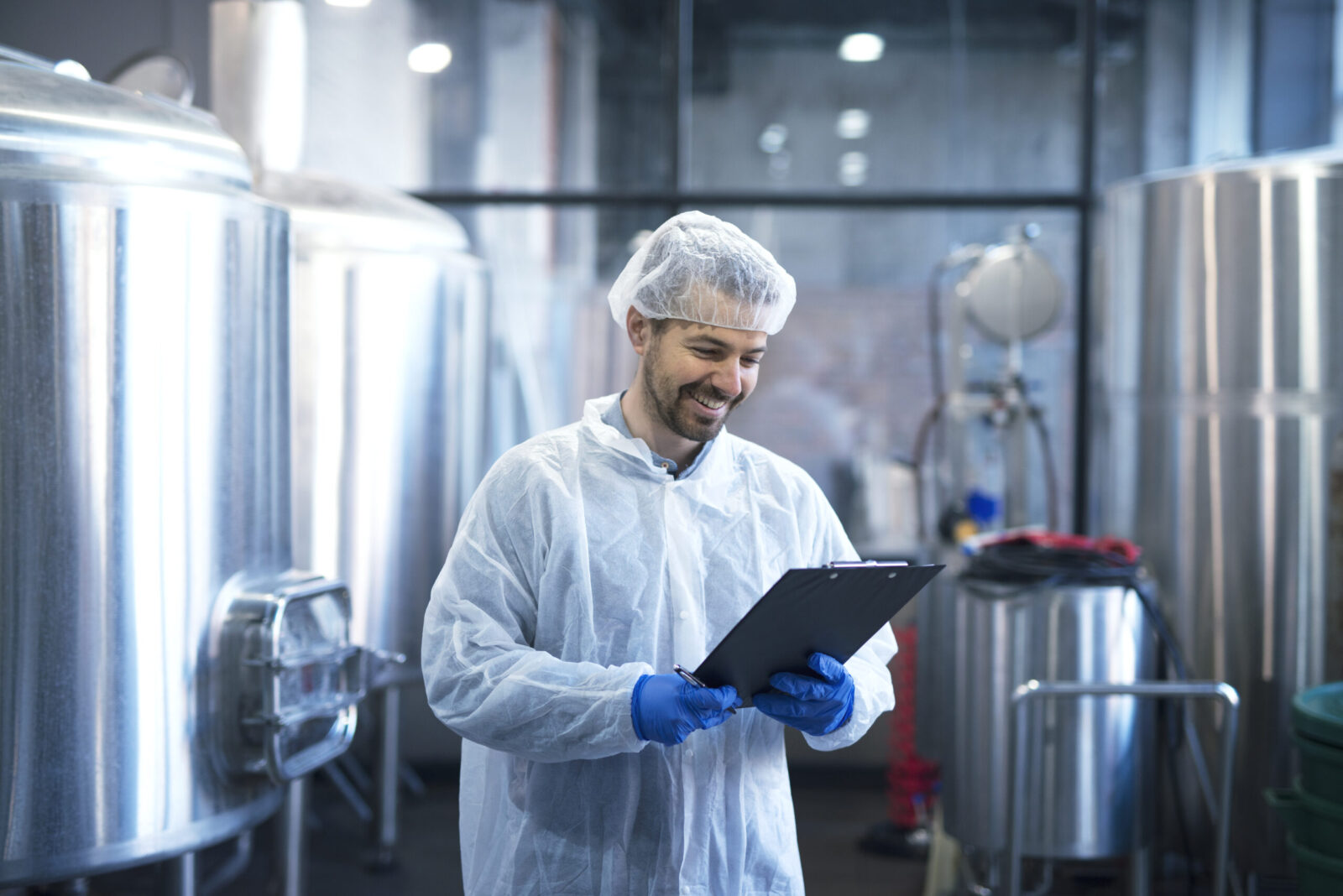
Introduction: Food safety in production is essential for safe, high-quality goods. Food makers must follow strict government and commercial requirements...
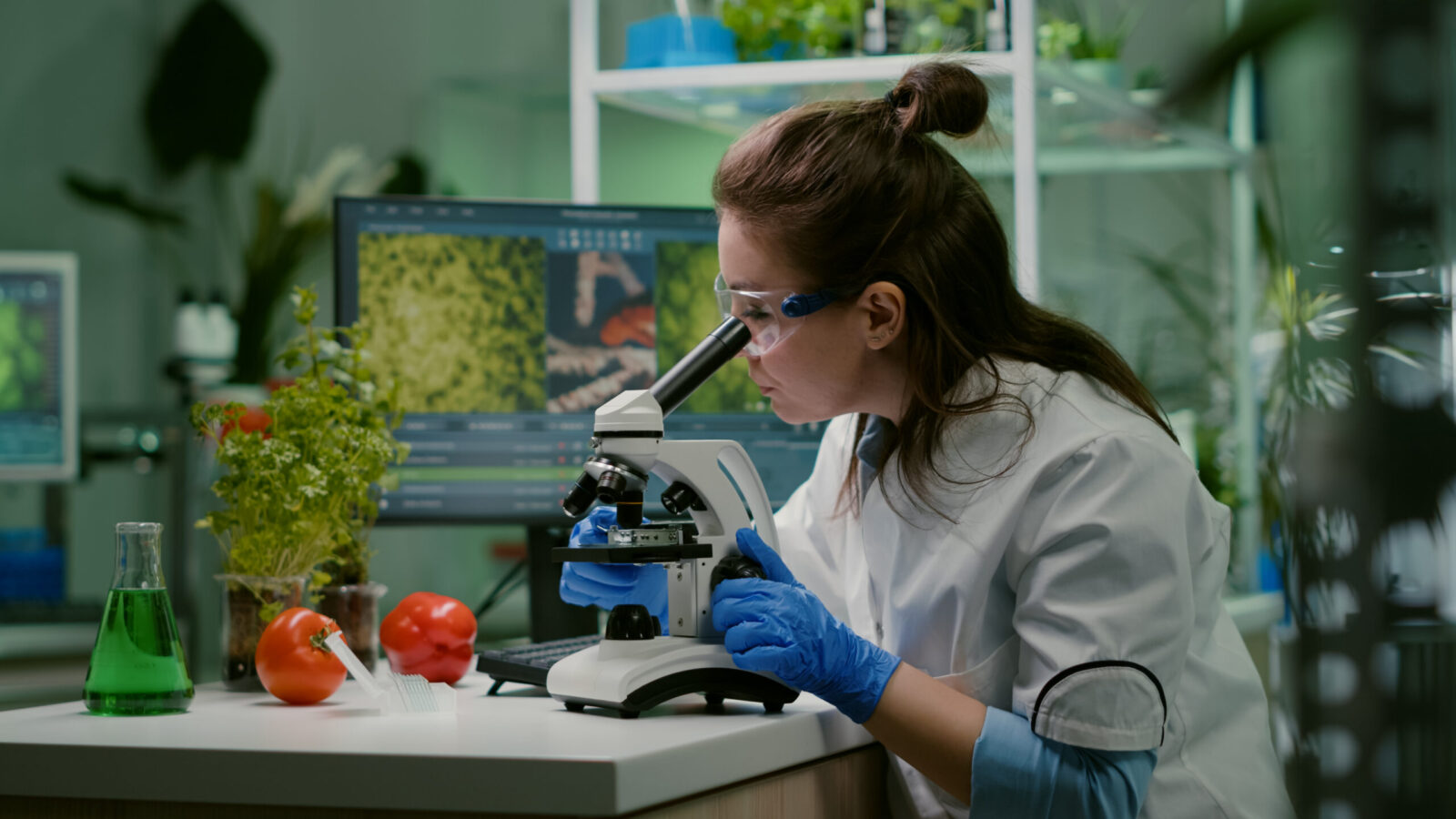
Introduction: Food safety is crucial in the food service sector, affecting public health, brand reputation, and corporate profitability. According to...

Introduction: Restaurant food safety involves both taste and health code compliance. Foodborne infections from health code breaches can put consumers...

Introduction: Food safety in production is essential for safe, high-quality goods. Food makers must follow strict government and commercial requirements...

Introduction: Food safety is crucial in the food service sector, affecting public health, brand reputation, and corporate profitability. According to...
Get 20€ off on your first order!
Save 30% by buying directly from brands, and get an extra 10€ off orders over €100
Save 30% by buying directly form brands, and get an extra 10€ off orders over €100